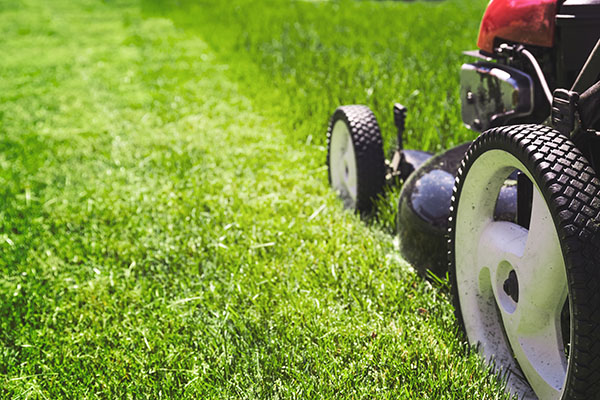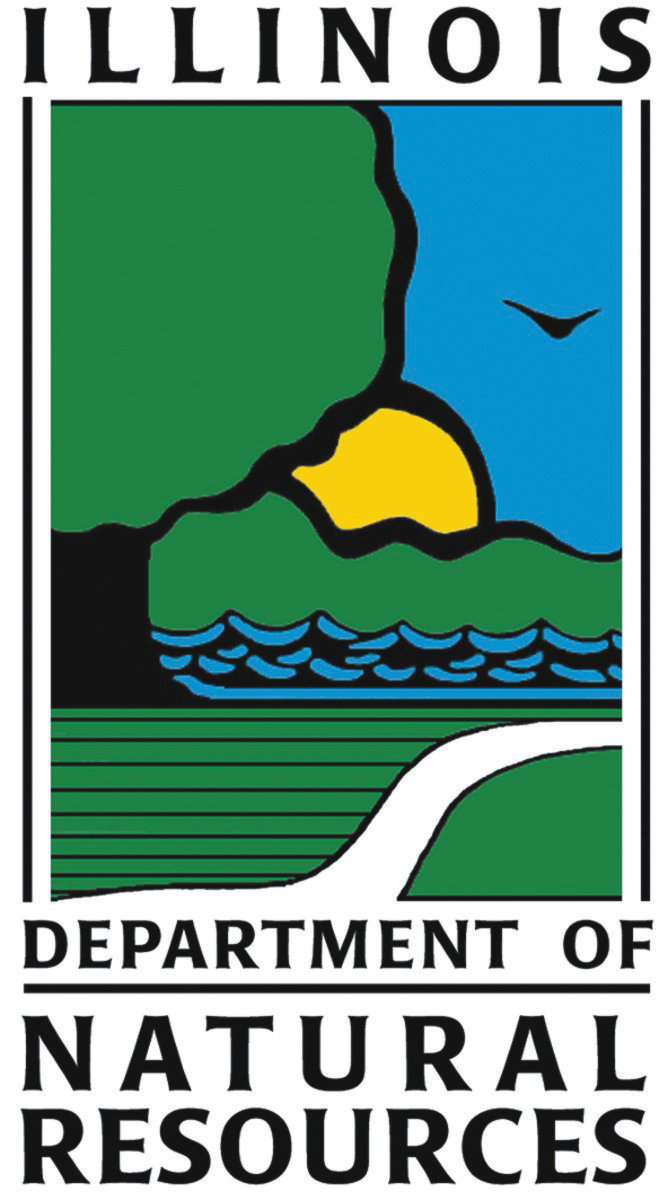
Lawns cover a significant amount of land in the urban environment and are often heavily managed with the potential to contribute to runoff pollution due to improper application methods of fertilizer and pesticides.
Additionally, lawns are often comprised of a single grass species or a mix of non-native grasses. Proper timing and application of chemicals and mowing your lawn with the mower at its highest level, usually 3 to 4 inches, will encourage a robust lawn and help reduce water pollution.
Keep in mind that while lawns may benefit a handful of species, a diverse planting of native trees, shrubs, warm season grasses, and wildflowers will encourage more wildlife to your yard.
Leave the Leaves
In the fall when the tree leaves come down many people rake or mulch the leaves. Instead, consider leaving the leaves. Tree leaves provide vital overwintering habitat for the offspring of several species of butterflies and moths as well as cover for many insects, spiders, small mammals, and amphibians.








